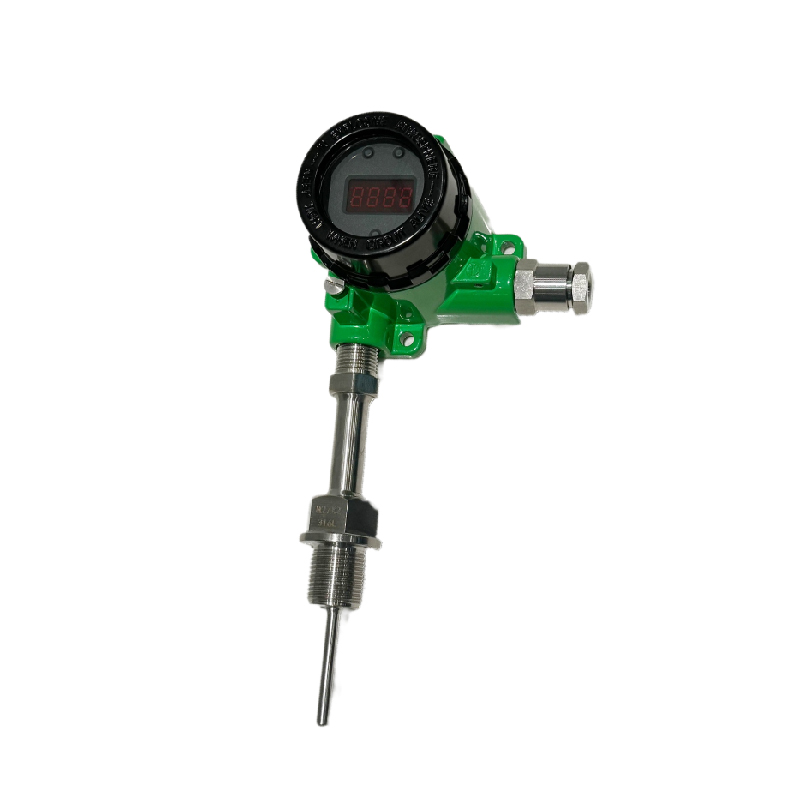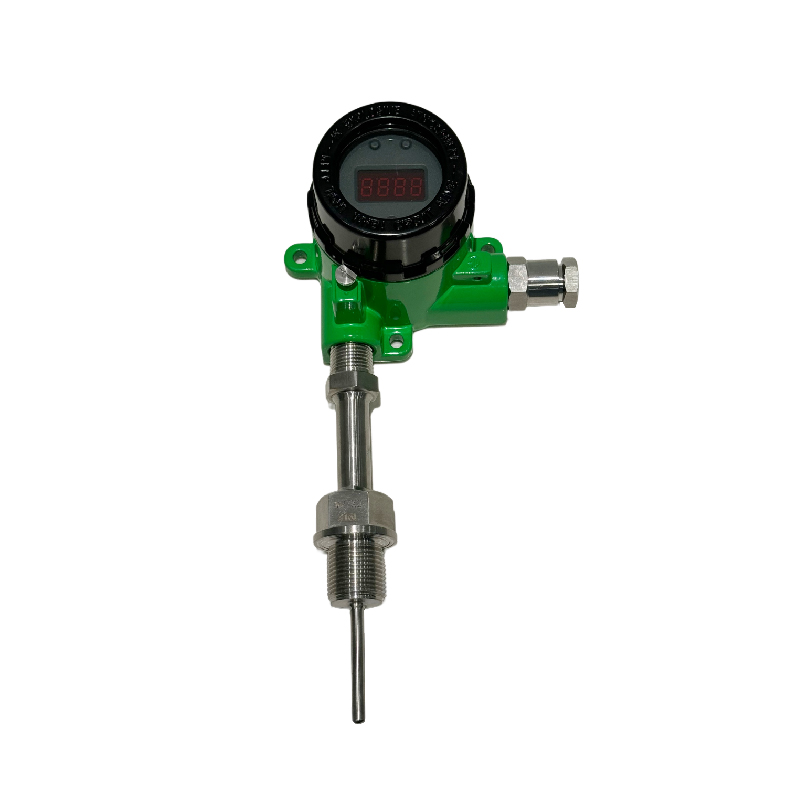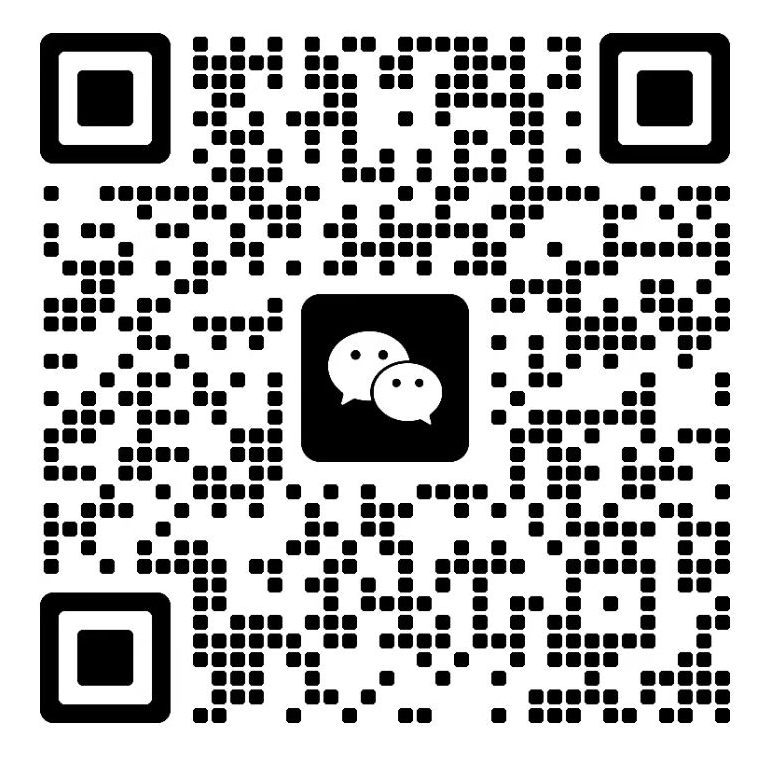In industrial production, scientific research experiments, and numerous fields with strict requirements for temperature monitoring,temperature transmittersplay a vital role. They can convert the temperature signals collected by temperature sensors into standard electrical signals, facilitating processing and analysis by control systems. However, in practical use, the problem of abnormal measurement values of temperature transmitters occurs frequently. This not only affects the precise control of the production process but may also lead to a decline in product quality and even pose potential safety hazards. This article will delve into the causes of this common problem and provide practical solutions.
Analysis of the Causes of Abnormal Measurement Values
Sensor Malfunctions
The temperature sensor, as the core component of the temperature transmitter, directly determines the accuracy of the measurement. Common sensor malfunctions include:

Aging and Damage: When working in harsh environments such as high temperatures and humidity for a long time, the sensitive components of the sensor are prone to aging. Their resistance values or voltage output characteristics change, resulting in increased measurement errors. For example, a thermocouple sensor used near a chemical furnace may experience significant loss of electrode materials due to long-term exposure to high temperatures, leading to a substantial decrease in measurement accuracy.
Poor Contact: If there are problems such as looseness, oxidation, or disconnection in the connection lines between the sensor and the transmitter, it will cause unstable signal transmission, resulting in abnormal fluctuations in the measurement values. On some industrial equipment that vibrates frequently, the screws at the terminal of the sensor are likely to loosen, causing poor contact.
Electromagnetic Interference
There are numerous electromagnetic interference sources in the industrial environment, such as large motors, transformers, and frequency converters. When the temperature transmitter is in a strong electromagnetic interference environment, the external electromagnetic field may couple into the signal transmission lines, generating additional interference signals and affecting the accuracy of the measurement values. For instance, in the hot rolling workshop of a steel plant, the simultaneous operation of many high-power electrical equipment generates strong electromagnetic interference, causing irregular jumps in the measurement values of the temperature transmitter.
Installation and Wiring Problems
Improper Installation Location: The installation location of the temperature transmitter has an important impact on the measurement results. If it is installed near a heat source, a cold source, or an area with unstable air currents, the sensor may not be able to accurately measure the target temperature. For example, installing the temperature transmitter near the air outlet of an air conditioner will cause its measurement value to be affected by the air conditioner's airflow and fail to truly reflect the indoor ambient temperature.
Unreasonable Wiring: When the signal transmission lines are laid in parallel with high-power electrical lines or are too close to them, they will be interfered with by the electromagnetic fields generated by the high-power electrical lines. In addition, if the signal transmission lines are too long and no shielding measures are taken, it is easy to introduce noise interference, resulting in abnormal measurement values. In some renovation projects of old factories, due to unreasonable wiring planning, the measurement accuracy of the temperature transmitter is severely affected.
Power Supply Problems
The temperature transmitter requires a stable power supply to operate properly. If the supply voltage is unstable, too low, or too high, it may cause the internal circuits of the transmitter to malfunction, thereby affecting the accuracy of the measurement values. For example, in some remote areas, due to large fluctuations in the grid voltage, the temperature transmitter often shows deviations in the measured values.

Solutions
Sensor Maintenance and Replacement
Regular Inspection: Establish a system for regularly inspecting the sensor and formulate a reasonable inspection cycle according to the usage environment and frequency. For example, sensors used in harsh environments are recommended to be inspected once a month, while those used in normal environments can be inspected once a quarter. The inspection content includes whether the appearance of the sensor is damaged and whether the wiring is secure.
Timely Replacement: Once the sensor is found to be aged or damaged, replace it with a new sensor of the same model in a timely manner. During the replacement process, pay attention to correct installation to ensure that the sensor is in full contact with the measured object to ensure the accuracy of the measurement.
Electromagnetic Shielding and Filtering
Shielding Measures: Take electromagnetic shielding measures for the temperature transmitter and the signal transmission lines. Enclose the transmitter with a metal shielding case and ensure that the case is well grounded. At the same time, select shielded cables as the signal transmission lines to reduce the influence of external electromagnetic interference. In a strong electromagnetic interference environment, filters can also be installed at the input and output ends of the transmitter to further filter out interference signals.
Optimize Wiring: Reasonably plan the wiring of the signal transmission lines to avoid laying them in parallel with high-power electrical lines. If it is unavoidable, maintain a sufficient safe distance (generally recommended to be more than 30 cm). For long-distance signal transmission, methods with strong anti-interference capabilities such as optical fiber transmission can be used to ensure stable signal transmission.
Correct Installation and Wiring
Select an Appropriate Installation Location: When installing the temperature transmitter, choose a location away from heat sources, cold sources, and with stable air currents. Ensure that the sensor can accurately measure the target temperature. For example, in industrial production, install the temperature transmitter at an appropriate distance from the reaction kettle and not affected by the airflow of the agitator.
Standardize Wiring: Strictly follow the electrical installation specifications for wiring to ensure that the connection of the signal transmission lines is firm and reliable. For long-distance wiring, set fixed points at regular intervals to prevent the lines from shaking. At the same time, avoid sharp bends in the signal transmission lines to prevent damage to the lines.
Stable Power Supply
Power Voltage Stabilization: Equip the temperature transmitter with a dedicated voltage stabilizer to ensure that the supply voltage is stable within the operating voltage range of the transmitter. In areas with large fluctuations in the grid voltage, install a voltage regulator or an uninterruptible power supply (UPS) to ensure that the transmitter can obtain a stable power supply under any circumstances.
Regularly Detect the Power Supply: Regularly detect parameters such as the voltage and current of the power supply to ensure that the power supply is working properly. If an abnormal power supply is found, promptly troubleshoot the fault and repair or replace it.


